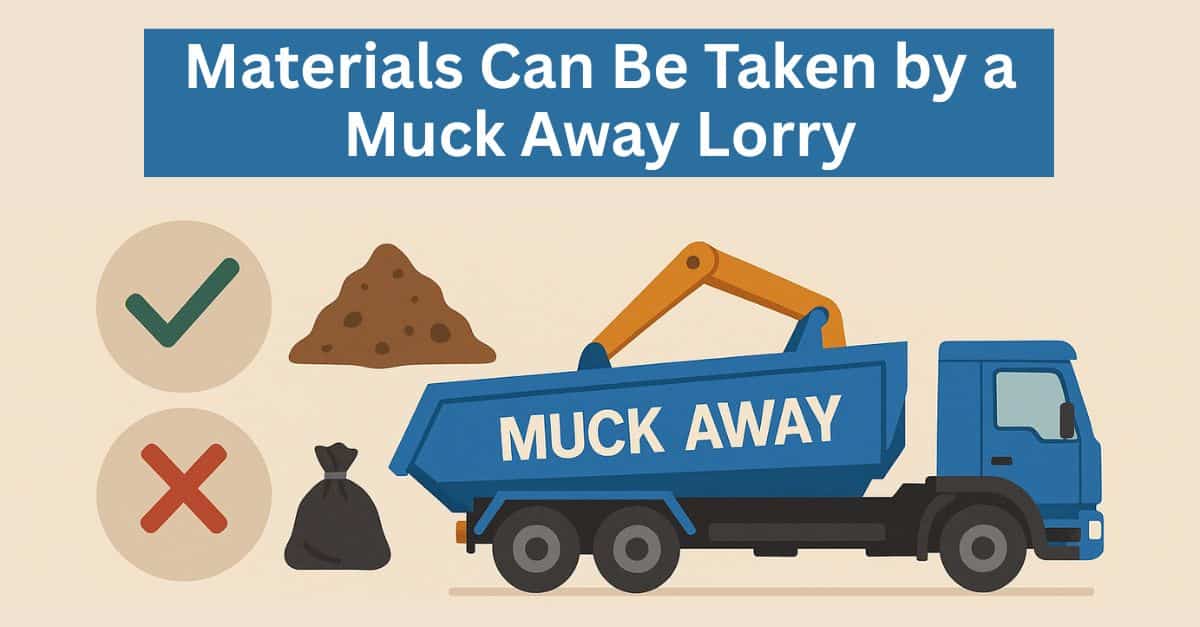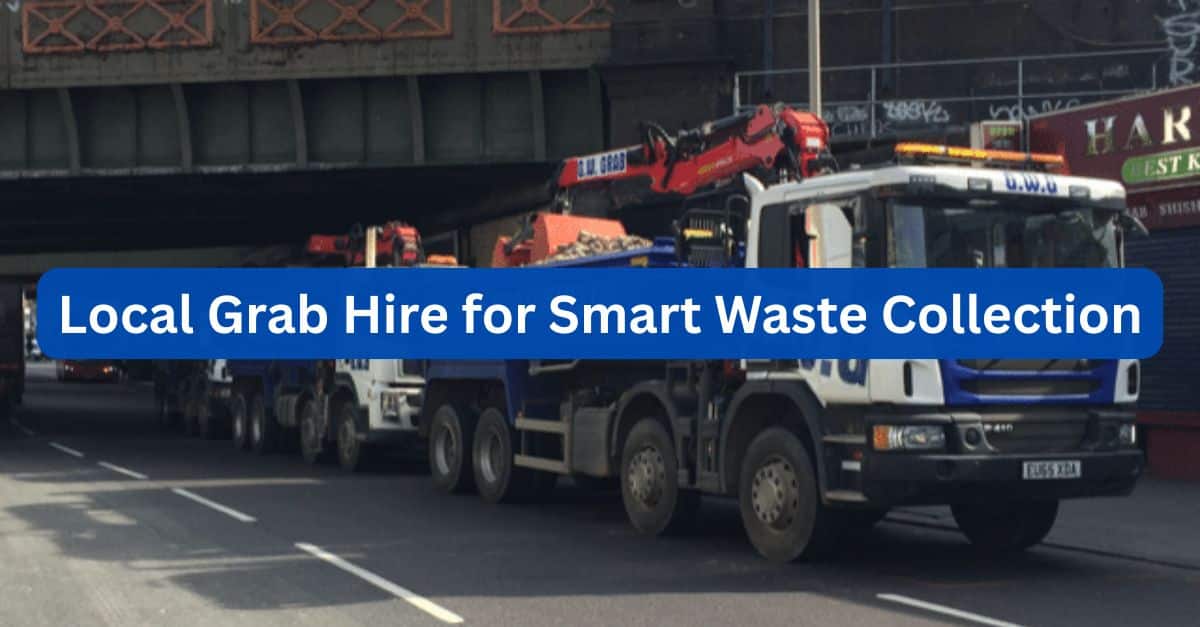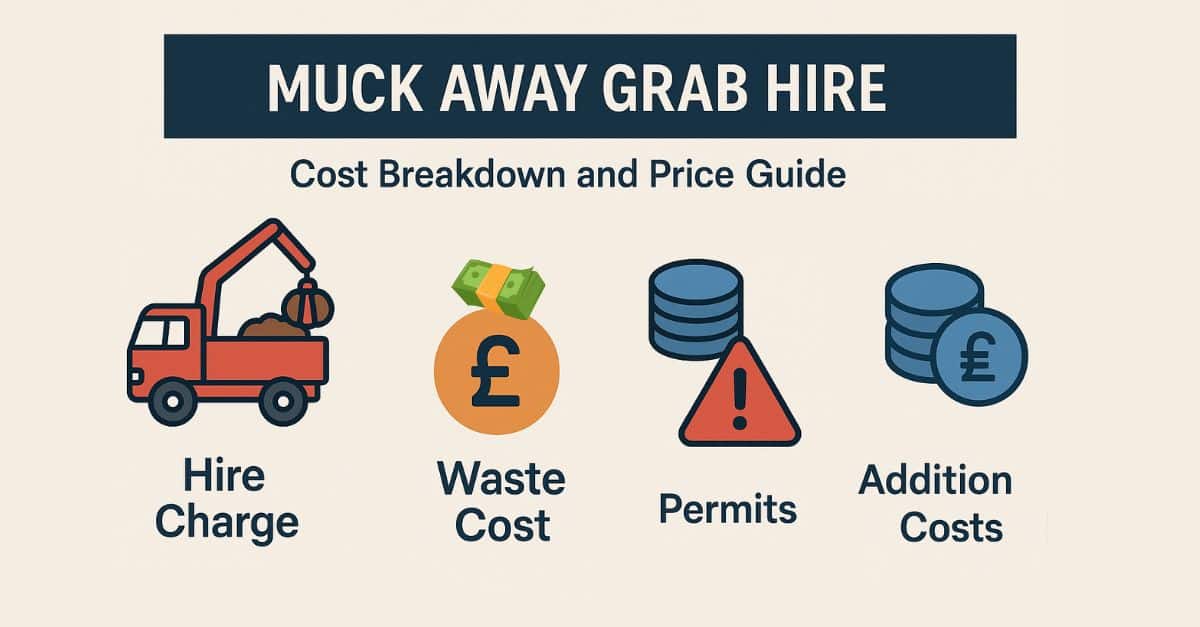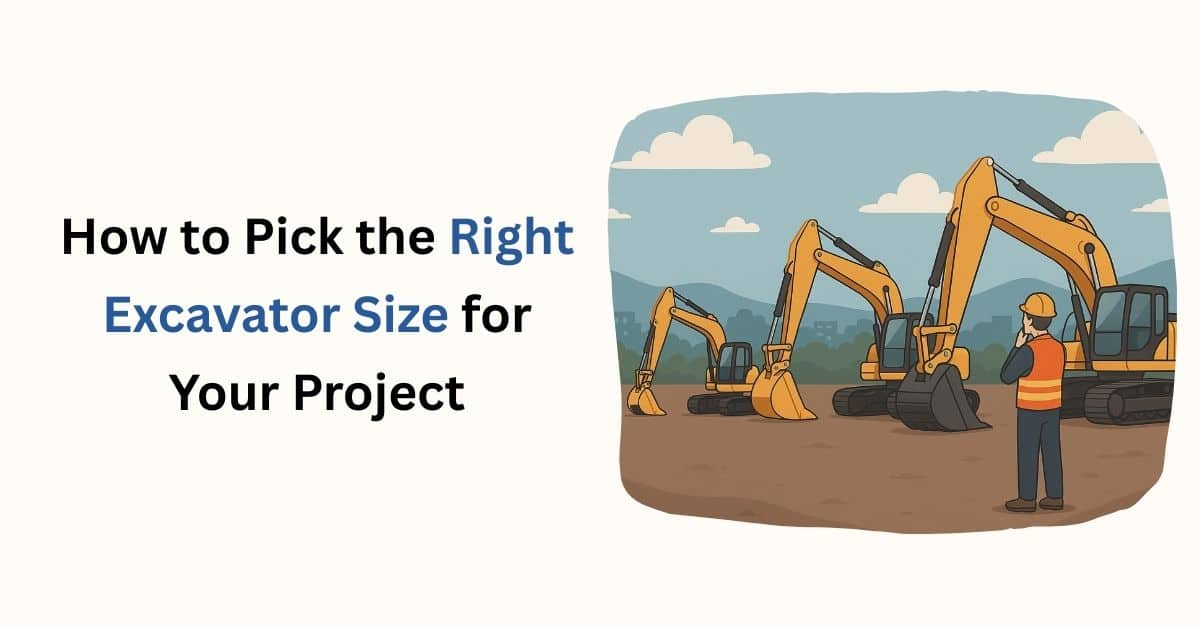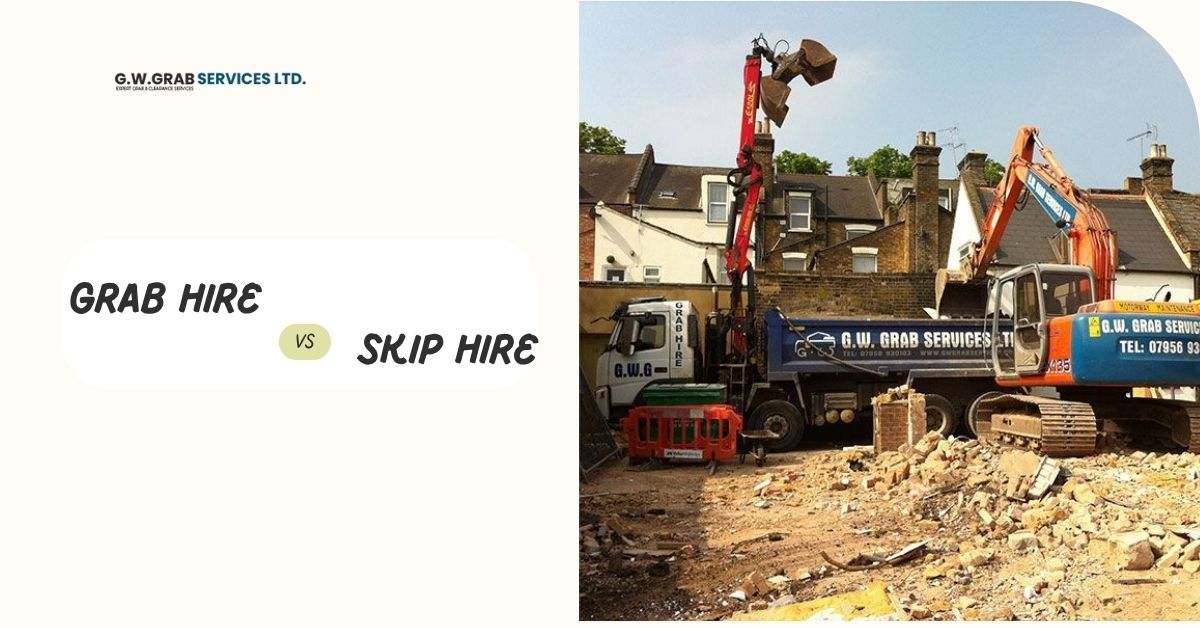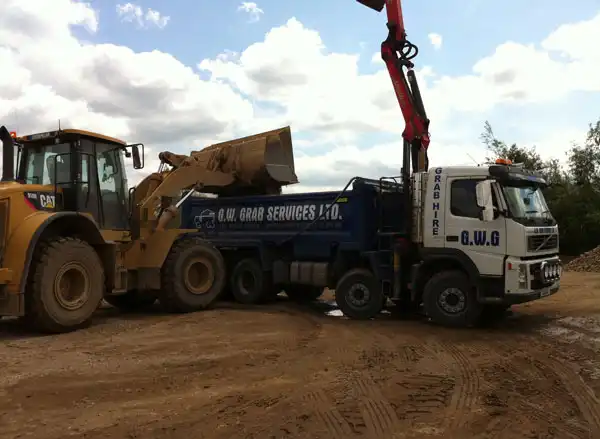Muck Away Lorry Guide: What Can Be Collected and Removed
Site clearance is the toughest task with mountains of accumulated excavation debris and construction waste. This is where the right transport solution specialising in bulk materials has become essential for keeping sites operational and meeting tight deadlines. These heavy-duty vehicles are built to handle the weight and scale that come with major groundwork and building projects. Choosing the right service depends largely on knowing which materials they accept. Different materials need different ways of handling, and knowing “what a muck away lorry can take” makes the whole process an easier one.
Now, let’s get into the details of “what a muck away lorry can take”.
Inert waste materials
Inert waste makes up the majority of materials that muck away services handle regularly. These substances don’t decompose or react chemically with other materials, hence they are safe and can be easily transported.
Common inert materials include:
- Clean soil and subsoil from excavations
- Brick and concrete rubble
- Ceramic tiles and bathroom fixtures
- Stone, gravel, and sand
- Tarmac and asphalt
Construction sites produce tons of these materials daily. A muck away lorry can move huge amounts of stuff in a single trip, keeping your project operation moving forward without delays. Most recycling plants take inert waste, which means much of what is extracted can be repurposed for future building projects.
Non-inert construction waste
A muck away lorry takes away inert materials, and it also transports various non-inert construction waste. This category of materials may break down over time or contain organic matter. Muck away waste in this group needs slightly different processing, but remains perfectly suitable for lorry transport.
If you are planning a major site clearance, our professional muck away services can handle both inert and non-inert materials efficiently.
Common non-inert waste includes:
- Timber and wooden fixtures
- Plasterboard and drywall
- Insulation materials
- Packaging materials from building supplies
- Mixed construction debris
These wastes are usually separated in the waste facilities where they are recycled or appropriately disposed of. It is important to ensure that everything loaded goes together to prevent complications during processing.
Contaminated and hazardous materials
Hazardous waste muck away must have special arrangements for disposal. Some dangerous muck away services cannot accept certain dangerous materials without documentation and handling procedures. Contaminated soil that has chemicals, oils or heavy metals needs testing before removal. Additionally, asbestos-containing materials require certified specialists with appropriate licenses.
Paint, solvents, batteries, and chemical containers are not considered under muck-away operations. These must be collected differently by licensed hazardous waste collectors. Always inform your service provider about any potentially contaminated materials on your site before booking a collection.
What cannot go in a muck away lorry?
If you know which materials get refused, it keeps your project timeline on track. Several categories fall completely outside the scope of types of waste for the muck away lorry. Household rubbish, food waste, and general refuse belong in standard waste bins rather than construction lorries. Electrical equipment, refrigerators, and appliances need specific recycling routes due to their components.
Liquid waste, medical waste, and radioactive materials are strictly prohibited for safety reasons. Garden waste like grass clippings and hedge trimmings typically aren’t part of what a muck away lorry removes. Separating waste correctly from the start saves time and prevents your loads from being turned away at disposal facilities.
Conclusion
The first step to selecting the appropriate removal service is to have a clear idea of what a muck away lorry can take from your site. Inert and non-inert muck away services handle the bulk of construction waste, including soil and rubble, to timber and plasterboard. Therefore, having the right waste removal keeps the project on schedule while maintaining environmental compliance.
For reliable and professional waste disposal services, contact GW Grab Services today. Get a free quote and get details of the acceptable waste materials.

